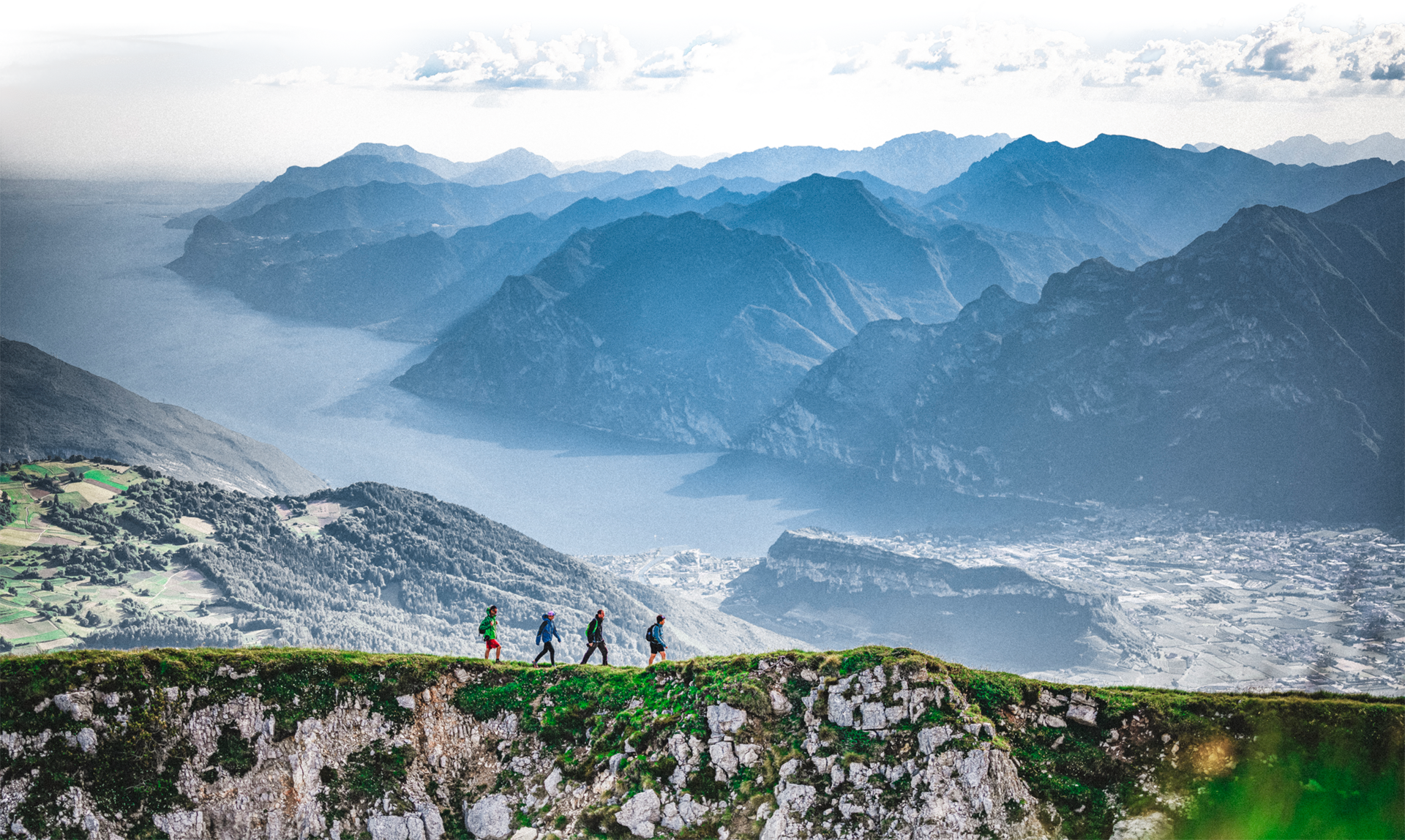
With its pile dwelling Museum and internationally renowned archaeological area, included within the Unesco World Heritage site described ad “Prehistoric Pile dwellings around the Alps”, Fiavé represents an exceptionally important point of reference for the history of the most ancient European farming communities. The Museum explores the history of the different pile dwelling settlements following one another along the banks of Lake Carera, a lake of glacial origin, between the Late Neolithic and the Bronze Age.
Excavations have bought to light the remains of huts constructed on the banks of the lake (3800 – 3600 B.C.), but also the classic model of pile dwelling erected over the water (1800 – 1500 B.C.). An evolution of this type of construction is represented by huts on piles anchored to a complex grid structure resting along the banks and the bed of the lake (1500 – 1300 B.C.). In the last centuries of the 2ns millennium B.C., the settlement moved to the nearby Dos Gustinaci, where houses with stone foundations have been found. The exceptional state of conservation not only of the pile, but also of many organic materials, makes these pile dwellings particularly fascinating, allowing an insight into aspects in the life of prehistoric communities which are generally unknown.
The museum displays a selection of extraordinary objects many of which are astoundingly modern. Thousands of objects fell into the water, either accidentally or thrown there in the pile dwelling time, providing precious evidence of considerable technical and construction expertise and artisan skills. They include ceramic pottery, but also bronze jewellery and Baltic amber and gold – extremely rare in this period. The 300 or so wooden objects in display present a unique collection in Europe; there are dishes and cooking utensils, such as cups, ladles and trays, working tools such as buckets, clubs, sickles and axe handles, in addition to a bow and some arrows. The particular environmental conditions of the lake deposits haven even led to the recovery of foodstuffs such as ears of wheat, cornelian cherries, nuts, apples and pears.
A whole floor of the museum is dedicated to reconstruction of daily life in the pile dwelling time, offering a unique opportunity to immerse oneself in the atmosphere of a pile dwelling village 3500 years ago!
In addition to the large-scale model reproducing the “Fiavé 6” village, various rooms illustrate in turn the life and work of farmers and shepherds, life around the domestic hearth, cooking, clothing and the secrets of metalworkers and hunters. The stenographic elements recalling the poles supporting the pile dwellings, replica models and video footage are also particularly evocative.
Admission to the Museum: € 3,50, reduced price ticket € 2,50, free admission: children and young people up to the age of 14, and for groups and students accompanied by their teachers.
Admission (including entrance to the Pile-Dwelling Museum of Fiavé): € 7; reduced price ticket: € 5 euro; free admission up to 14 years of age / for groups / and groups of students accompanied by their teachers.
With your Garda Guest Card you can have free entry.
Guided tour: € 3
Educational workshop: € 4
Schools: free admission, educational activities 2 euros
The reduced admission fee (€ 5) applies:
Reduced rate 3.5 euro for residents of the municipality of Fiavé and the municipalities of the Giudicarie Esteriori: Comano Terme, Bleggio Superiore, San Lorenzo Dorsino, Stenico.
Free Entry to the Pile-Dwelling Museum for International Women’s Day
On March 8, in celebration of International Women’s Day, all women can enjoy free entry to the Pile-Dwelling Museum of Fiavé.
At 3:30 PM, the museum presents “The Memory of Things: Fragments of Daily Life in the Pile-Dwelling Museum’s Artifacts”—a hands-on clay workshop combined with an interactive visit to the museum’s collections. Through unique artifacts, discover stories of women and men suspended between prehistory and modernity.
Participation is free, but reservations are required by 10 AM on the day of the event. To book, call +39 335 1578640.
Dogs on a leash are permitted in the park. In the piles, dogs are allowed if held in arms or in a carrier.
For information and openings of the Archeo Natura Park click here.
For information on museum's accessibility, visit the Trentino Cultura website.
Click here to learn more about the "Christmas at the Fiavè Stilt House Museum2025" program.

The Garda Guest Card is your key to unlocking Garda Trentino: over 100 exclusive discounts on attractions, activities, transport and services to make the most of your stay.
Read more
